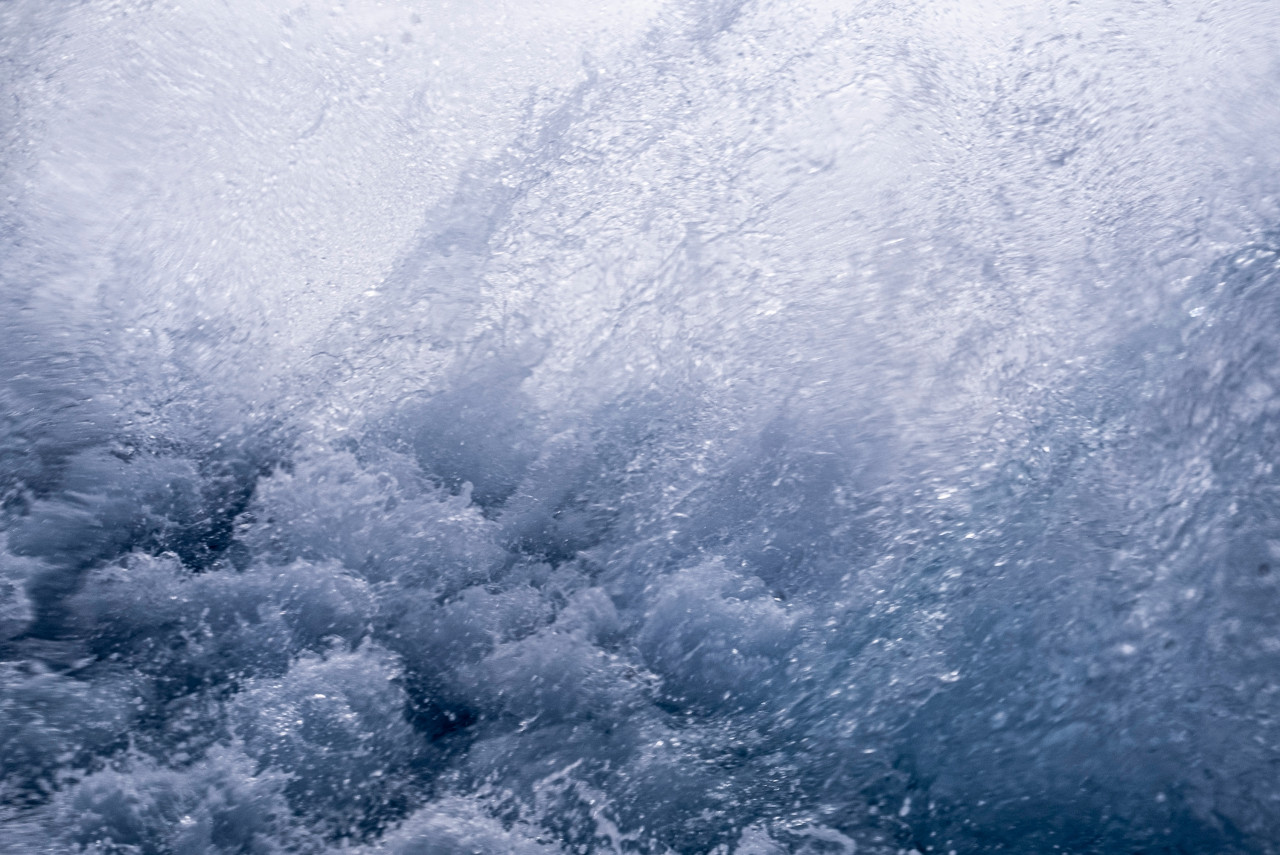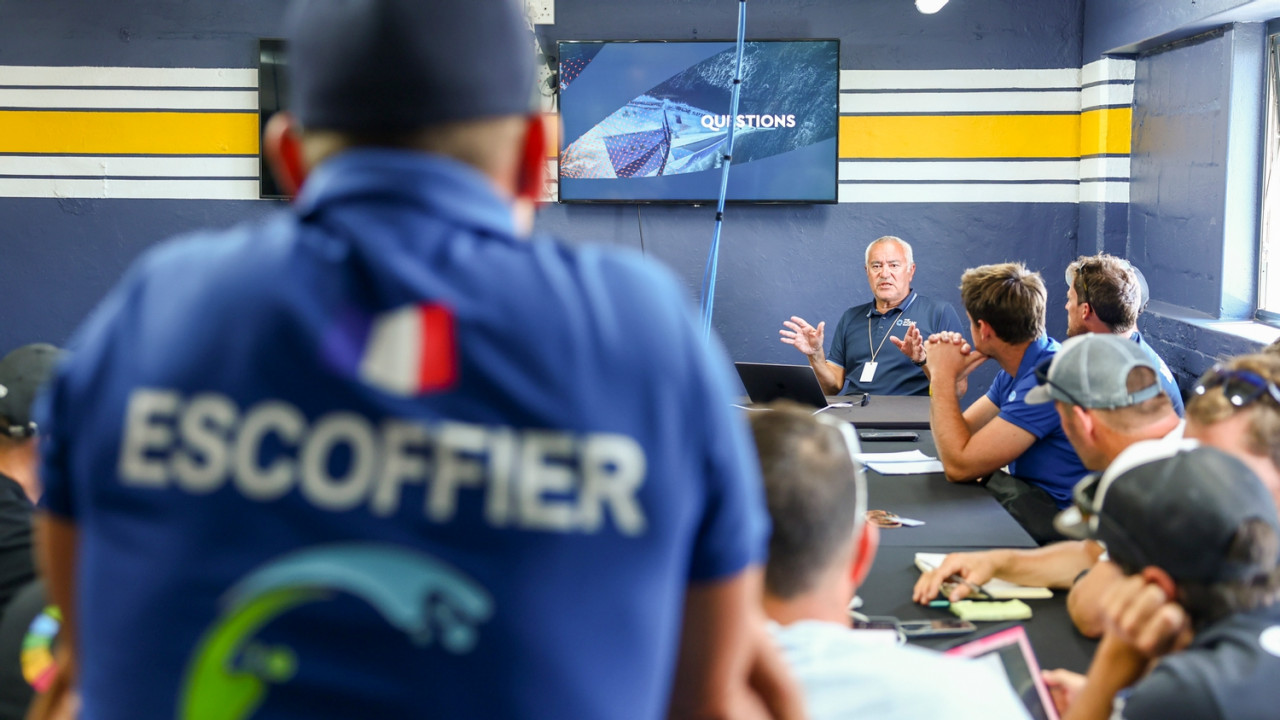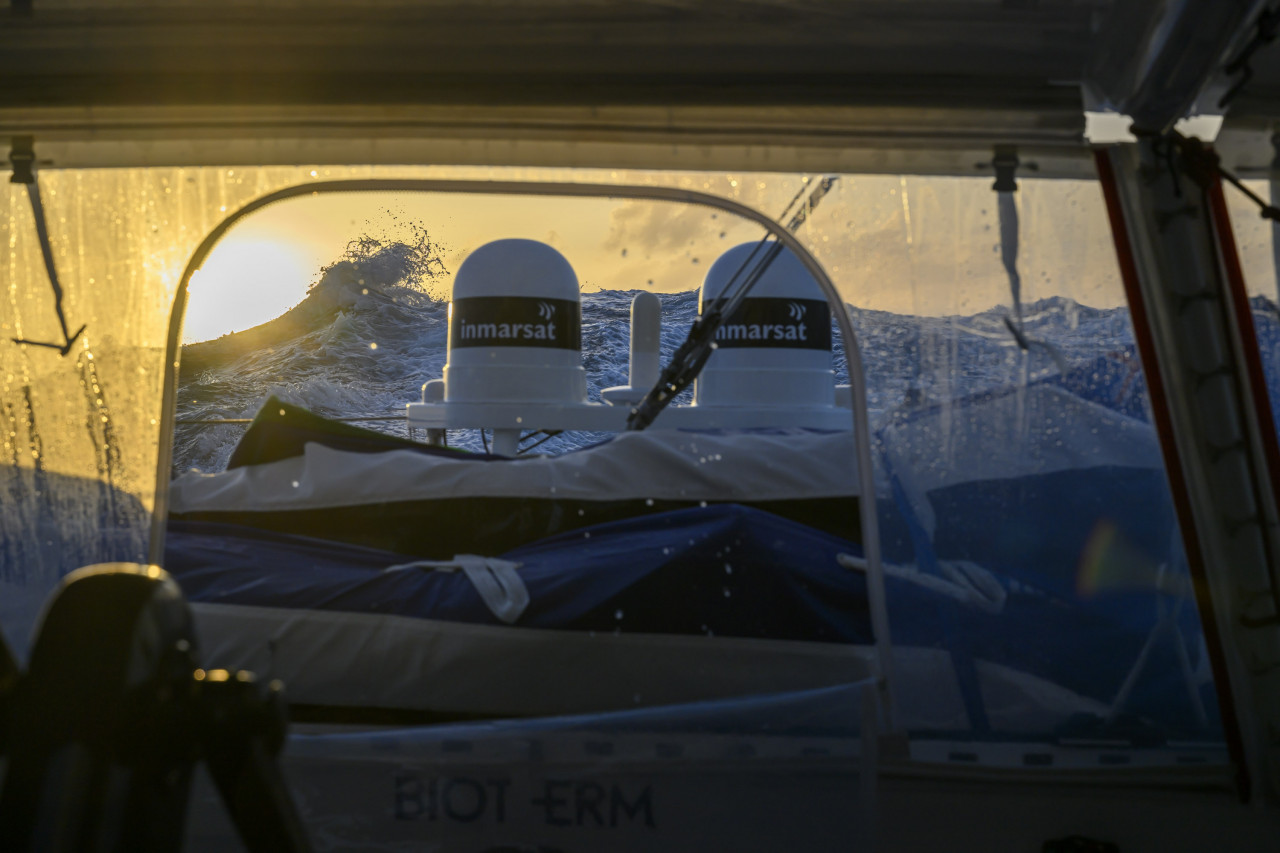Big conditions ahead on the way to Cape Horn

The weather is forecast to provide one final taste of Southern Ocean conditions on the approach to Cape Horn.
For 50 years of The Ocean Race, sailors have considered the Southern Ocean leg, the racing that takes place between Cape Town and Cape Horn, deep in the southern latitudes, as the biggest milestone in the event.
Rounding Cape Horn marks the end of the southern conditions, where deep low pressure systems follow one after the other, unimpeded by land masses, the gale force winds building towering, fearsome seas. Icebergs are to the south and the leg culminates with a squeeze around Cape Horn, where the land juts as far as 56-degrees south latitude, funneling the winds and waves through a narrow passage firmly in the area sailors call the Furious 50s.
At the end of this week, conditions are expected to live up that name.

"The fleet is probably going into the toughest days of the race so far, with very aggressive weather between now and Cape Horn at the end of the weekend," said Race Director Phil Lawrence.
"The wind is going to increase above 30 knots, gusting 40 knots, and we can expect 6 to 7 metre waves on Friday and Saturday," said Christian Dumard, the meteorolgist for The Ocean Race.
"I think we can expect the fleet will stay a little bit north of the ice exclusion zone to avoid the worst sea state as the wind gets even stronger."
Dumard said that during the approach to Cape Horn on the weekend, the wind will be strong, 25 knots or so, before easing dramatically, and the sea state should moderate in turn.

Weather forecast (wind and wave) on Sunday 26 March at 0h00, in the Cape Horn region. © Windy
"Cape Horn is a massive benchmark in sailing for anyone who is passionate about offshore racing. It's the pinnacle," said Francesca Clapcich, a member of 11th Hour Racing Team crew who isn't on board for this leg, but was available for media on Thursday to reflect on her experience in the last race. "Last race, I remember, it was a mix of emotions. I was going around for the first time and coming from such a different sailing backgournd - racing dinghies - I had barely ever dreamed about it..."
"You feel proud but also it's such a relief to be there with the boat and the people all in one piece. And then you turn to the north and the layers of clothes start to come off as it gets warmer and the weather gets nicer and of course you're doing it in a team environment so it is awesome as you have a chance to share it with everyone on board."
On the race course, the competition is still very close, with Biotherm pushing about 40 miles to the south of Team Holcim-PRB and Team Malizia who are so close together they appear to be on top of each other on the race tracker. 11th Hour Racing Team has fallen off the pace ever so slightly on Thursday, now about 30 miles behind to the west.
 © Ronan Gladu / Biotherm
© Ronan Gladu / Biotherm
Biotherm, holding the lead at 1500 UTC, suffered a tear in their fractional headsail as skipper Paul Meilhat explained in a French interview: "We had two reefs and the FRO (fractional code zero). There was a steep wave and we had a serious nose-dive. When the boat came out of it, the sail was practically torn in two at the foot. We managed to roll it and put it back in the bag, and we then hoisted a smaller sail.
"This was our first warning shot of this big low pressure system… I think it will be reparable in Itajaí but not now, we won’t be able to fix it at sea."
This is unlikely to be the last of the drama in the next days - the approach to Cape Horn nearly always adds a final challenge - so stay tuned. The ETA is overnight Sunday night, into Monday morning UTC.
Source: The Ocean Race
Teams info
After a stunning 2025 season Sam Goodchild is the IMOCA Globe Series Champion for the second time
After a long season at the top of the IMOCA fleet that featured three race wins, Great Britain’s Sam Goodchild is for the second time in three years the IMOCA Globe Series Champion.
•••Quel rôle peut jouer la course au large dans la transformation du transport international ? Avec Pie…
Pour ce 10ᵉ épisode de Transitions, enregistré au Havre lors du départ de la Transat Café L'Or, nous recevons Jeremy Pochman, PDG de 11th Hour Racing, et Pierre-Antoine Morvan, responsable du pôle course au large et supe…
•••